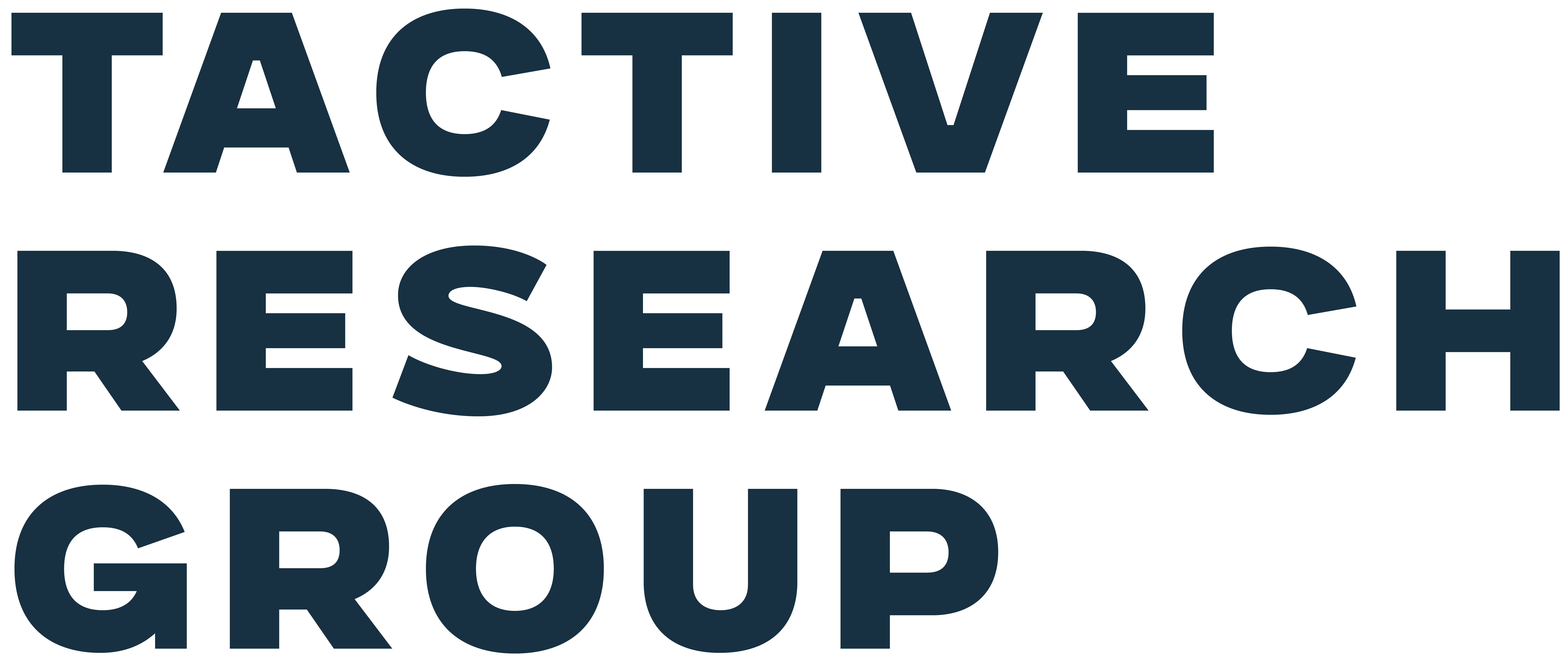The Internet of Medical Things (IoMT) transforms healthcare by improving patient monitoring, enhancing care delivery, and streamlining hospital operations through connected devices. However, this rapid adoption comes with heightened cybersecurity risks, as IoMT devices often lack robust security measures and are prime targets for cyberattacks. CIOs and IT leaders must prioritise implementing comprehensive IoMT security strategies to safeguard sensitive data and ensure operational continuity.
Why You Should Care
- High vulnerability risks. IoMT devices often lack essential security controls, with an average of 6.2 vulnerabilities per medical device. Critical devices like pacemakers and insulin pumps have been subject to recalls due to known security issues.
- End-of-life devices are still in the ecosystem. Approximately 60% of IoMT devices are end-of-life (EOL) and no longer supported, exacerbating security challenges.
- An ever-expanding attack surface. The IoMT market, valued at $47.32 billion in 2023, is projected to grow to $814.28 billion by 2032, significantly increasing the number of connected devices and potential vulnerabilities.
- Significant regulatory and financial risks exist. Given the sensitive nature of patient data, breaches can lead to severe regulatory penalties and operational disruptions for healthcare organizations.
What You Should Do Next
Conduct a comprehensive risk assessment of all IoMT devices within your network to identify vulnerabilities and prioritize remediation efforts. Implement network segmentation to isolate IoMT devices from broader healthcare systems, limiting potential attack vectors. Establish continuous monitoring and incident response protocols tailored to IoMT environments.
Get Started
- Implement network segmentation techniques to create logical boundaries between the IoMT devices and the broader healthcare network.
- Implement strong access controls. Utilize robust authentication mechanisms and restrict access to IoMT devices to authorized personnel only.
- Regularly update and patch devices. Ensure all IoMT devices receive timely software updates and security patches to mitigate known vulnerabilities.
- Enhance staff training. Educate healthcare personnel on IoMT security best practices and threat recognition to foster a security-aware culture.
- Collaborate with manufacturers. Engage with device manufacturers to stay informed about security advisories and obtain necessary support for device hardening.

